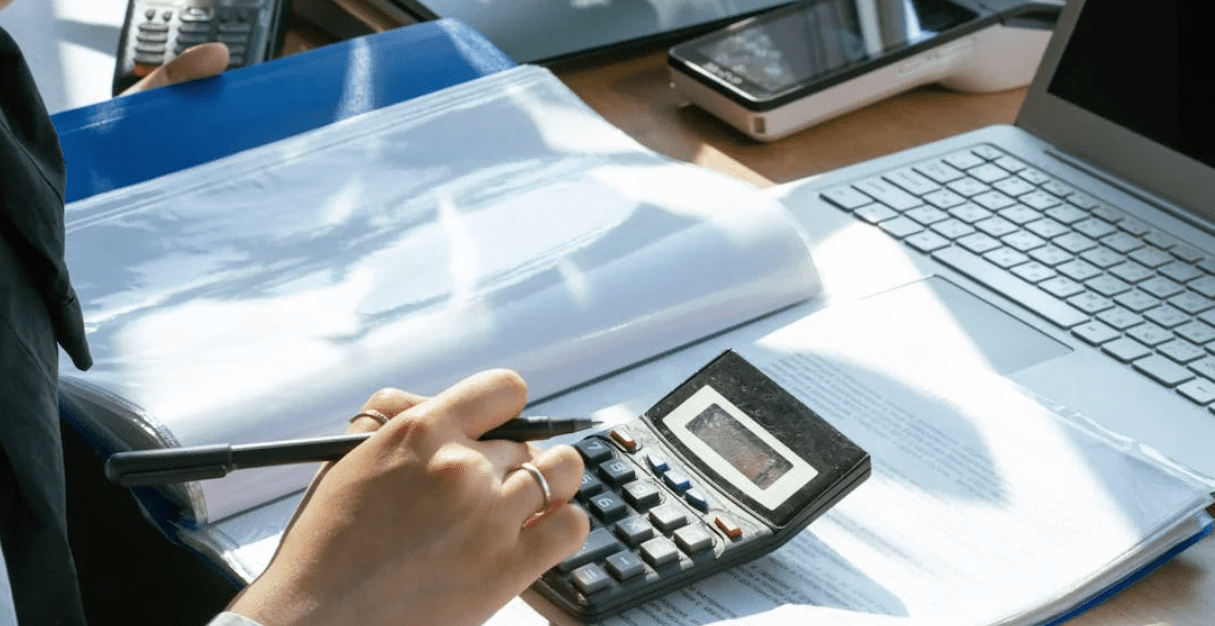Top Benefits of Using a Lease Ledger in Property Management
Top Benefits of Using a Lease Ledger in Property Management
Blog Article
Lease Ledger Guide: How to Track Tenant Payments Efficiently
Monitoring tenant obligations is one of the very most critical areas of house management. Whether you are handling a number of attributes or a thorough account, sustaining an exact tenant payment lease ledger ensures financial visibility and simplifies payment tracking. But handling tenant obligations effectively needs a well-structured approach. Here is a brief information to getting hired right.

The Importance of a Lease Ledger
A lease ledger is actually an economic report that tracks book funds, security remains, late fees, and other tenant transactions. It acts as a main repository for all monetary interactions between landlords and tenants. Without an adequately maintained ledger, house managers risk miscalculating income, overlooking overlooked payments, or producing disputes with renters. An arranged lease ledger helps eliminate these dangers while sustaining professionalism.
Tips for Successfully Tracking Tenant Funds
1. Employ Engineering for Reliability
Manual record-keeping might benefit an individual house, but as the number of items grows, it becomes impractical. Leveraging digital resources or simple spreadsheet themes can dramatically improve accuracy. These instruments frequently enable you to automate continuing rent obligations, create pointers for overdue amounts, and create studies instantly.
2. Create a Regular Design
A lease ledger should follow a clear and regular format. At least, your ledger will include:
• Tenant titles
• Due days
• Quantities paid
• Exceptional balances
• Records for any additional costs (e.g., maintenance fees or late charges)
Standardizing this information guarantees every record is uniform and an easy task to interpret.
3. Check Payment Position Frequently
Checking your lease ledger often assures you stay together with overdue funds and can undertake possible issues early. Put aside time monthly to reconcile payments obtained against what's noted in your ledger. That practice also helps in identifying trends, such as consistently late-paying tenants.
4. Speak with Tenants Clearly
Appropriate documents mean small if tenants aren't educated of the cost obligations. Deliver pointers for approaching book due times or upgrade them on any fantastic balances. Clear conversation diminishes misconceptions and encourages timely payments.
5. Report Everything
Every cost produced, whether incomplete or full, should be noted quickly in the ledger. Checking every deal ensures both parties have a research stage in the event of disputes. Even little details, such as waived late expenses or modified obligations, should be entered to the record.

Final Feelings
An effective lease ledger not only simplifies tenant payment management but additionally offers reassurance for landlords and home managers. By integrating clear structures, leveraging digital tools, and maintaining appropriate files, you can set up a easy program that decreases errors and develops better tenant relationships. Begin managing your payments greater today and set the building blocks for long-term financial security! Report this page